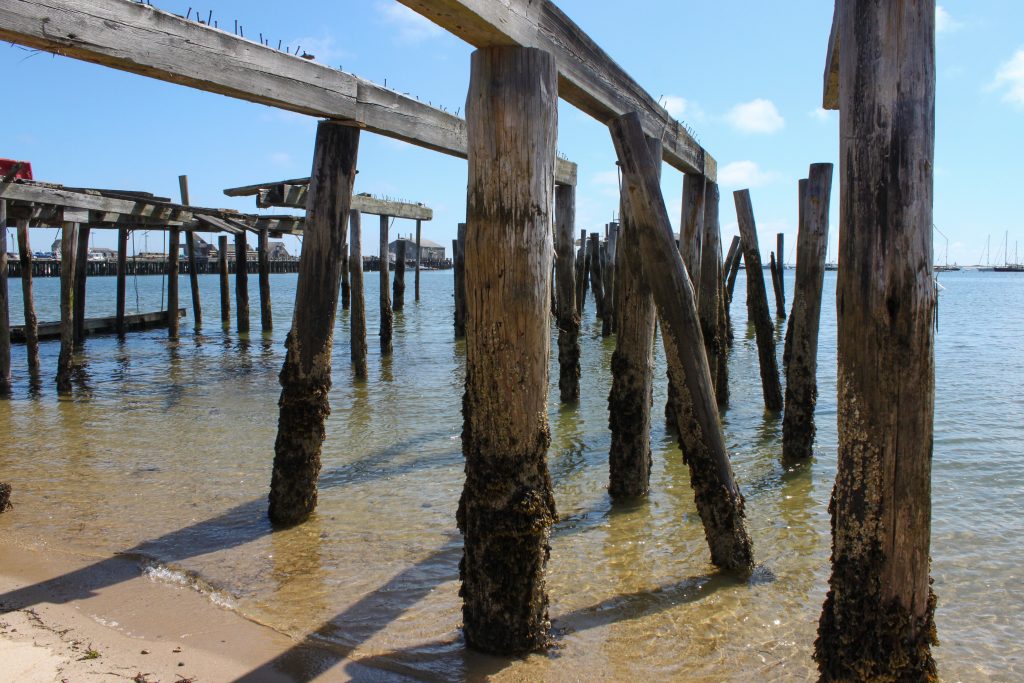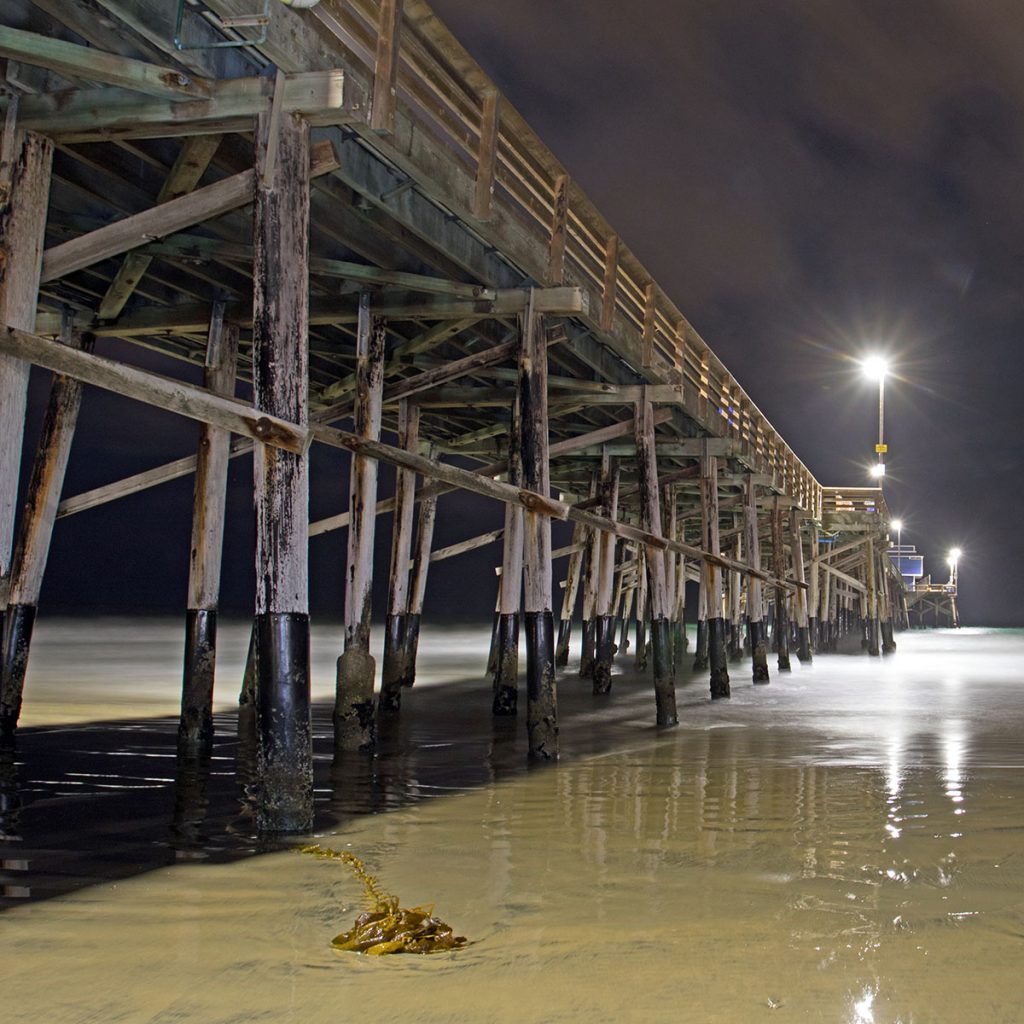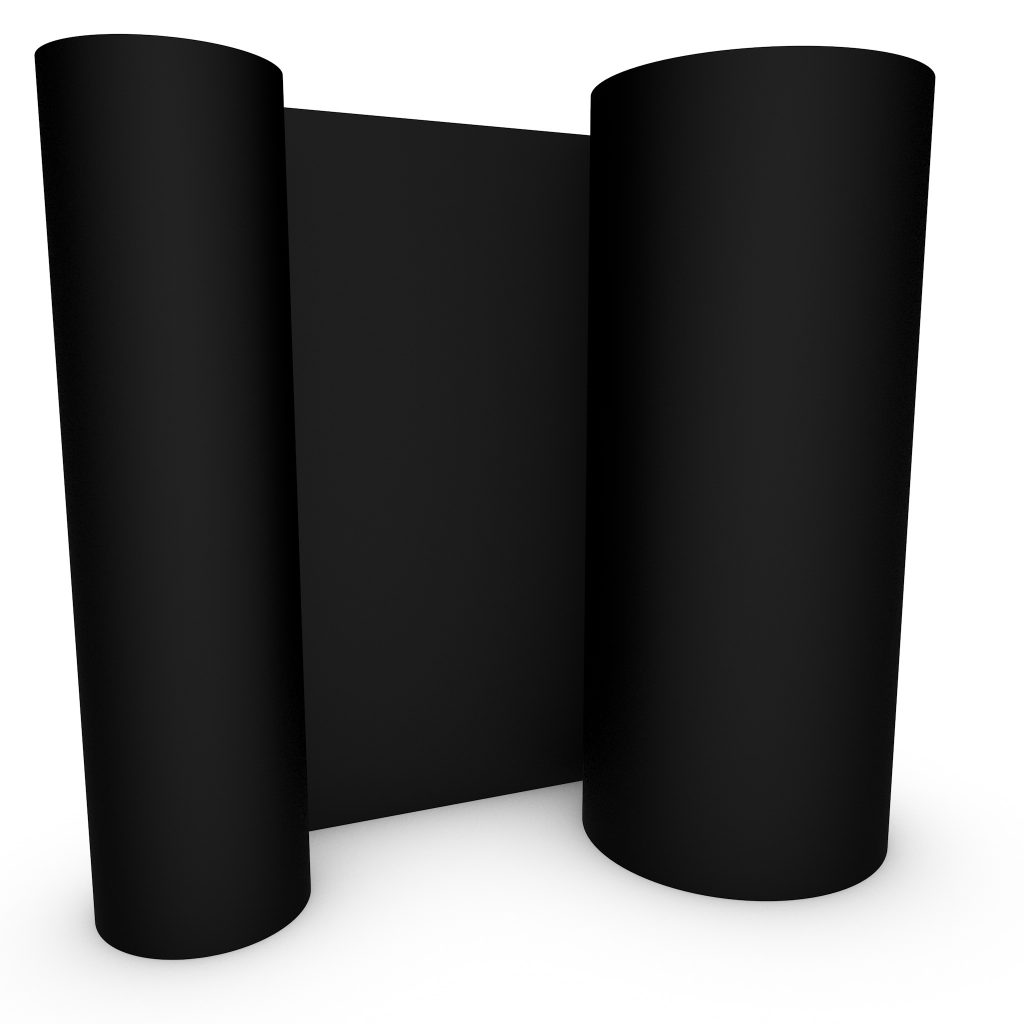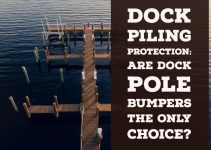
You want your dock to last as long as possible. There’s no surprise about that. But what might come as a surprise is the number of potential threats out there just waiting to attack your dock, costing you time, money and FUN.
Your whole dock depends on your pilings – they are essentially your dock’s foundation.
Thus, your dock pilings are one area where – if you’re not cautious, attentive and proactive – you might end up with some big problems.
If you want your dock to last, it’s important to understand your options for pier piling protection and the pros and cons of the different choices.
But here’s a piece of good news as well…
If you don’t currently have pier piling protection – didn’t add it when your dock was built – or think it’s too late because you already have pier post damage, you’d be wrong!
You can add piling protection up front in the planning phase, or many different options can be added after the fact – some even after there has been some damage and a few even after there has been a lot of damage to piers.
So, what are your options for protecting your dock piers so that they last the life of your dock—or at least for many more years to come (and maybe for a few more after that)?
Here are some of the top choices for pier piling protection:
Pile Sleeves
Pile sleeves usually consist of a PVC-type coating that is heat shrunk around a pier. If pile sleeves are installed over the entire pier before the posts are put into the water, it’s done at the lumber yard. In this case, it will often look like the pole is painted and possibly, not even like it is wood underneath.
Complete post pile sleeves also ensure that water and the elements or marine life never touch the pier pole at all. Boring worms – or “Shipworms” – a common dock pier problem – are never a factor with pile sleeves included on your dock piers. Of course, pile sleeves are also a total UV protection.
Again, however, the big “con” for most people is that pile sleeves must be installed before the piles themselves are put in for your dock. Therefore, they can only be done on new docks with new piers or if piers are being totally replaced. A common brand name is “DuroSleeve.” And while this is obviously a very comprehensive and durable pile protection option, it is also a very costly option. Thus, piles sleeves are usually reserved for the most upscale homes and docks OR as pier post protection for commercial docks and piers.
SnapJacket
SnapJackets are really awesome but are pretty costly, definitely are not “simple” to install (so NOT a DIY project for most people), and aren’t necessarily the most attractive option either.
However, if you have significant pile damage already, can’t or don’t want to replace your pier piles, and money isn’t a huge concern, then SnapJackets might be something you want to consider.
A SnapJacket is a pretty “total pier protection solution” ONCE THEY’VE BEEN INSTALLED.
With SnapJackets, you will “snap” on two pieces of fiberglass that fit around the entire dock pier post. Once that’s been done, concrete is poured in the space between the SnapJacket and the pier.
The super-neat thing though, is that the concrete will naturally “creep” into any area where there are holes in the piles, such as might be caused by Shipworms or other damage. Again, not a cheap or necessarily “pretty” option, but SnapJackets can extend piling life for up to 50 years!
Pier Pile Protection Fenders
Pier pile protection fenders are pretty much what the name sounds like—they are “fenders” that you place on your piles to protect them from mostly, abuse. These fenders can be made of wood, steel, concrete or other synthetic compounds.
These pile protection fenders will protect from UV damage and structural damage but that’s about it. And they only protect the underneath – or what’s below – the small surface area they cover. Sometimes they are called “vertical bumpers.”
While definitely not a bad option for dock owners in general, they’re going to only provide minimal protection from anything other than a boat, PWC or other “something-to-dock” contact.
Pile Wrap

Pile wrap is kind of cool because it can be put on pier posts either before the pier posts are installed OR after they have been in place for some time. Pile wraps can even be used if you have some level of damage on your pier posts already. In such a case, the only “catch” would be that you need to clean the pier piles as well as possible before you add the pile wrap to the poles.
Pile wrap is often made up of black vinyl sheeting. It will – as the name suggests – be wrapped around the piles and then secured with usually, stainless steel nails. The wrap will be a little bit above the water and then just below the mudline.
Pile wrap once installed, protects the pier poles from both UV and marine organisms–at least for the covered area. Thus, it can also, like pile sleeves, lengthen the life of your piles. However, pile wrap is not a “total” block solution like pile sleeves, especially if you put it on after you already have a bit of damage. Nonetheless, it does significantly lengthen dock pier post like and is a very affordable option for most residential dock owners.
Of course, one specific brand of pile wrap we recommend is our proprietary “Pier Protector.” Pier Protector is a pile wrap that not only extends the life of your dock pier posts but looks really good doing it.

Pier Protector is made of beefy, HDPE recycled plastic that can pretty much last a lifetime. Yet, even though it’s a hardy material, it’s pliable, bending and molding easily to your pole size and shape. It’s also very attractive when installed and can be added pre-dock-installation or later. It can even be added after there has been some damage to posts if you can get the post relatively clean. Pier Protector can be purchased in nearly any length you can imagine, and then you cut it for your desired post size and number. If you’re looking for the best in pier post protection for your residential home dock, we’d love for you to give Pier Protector a try!


